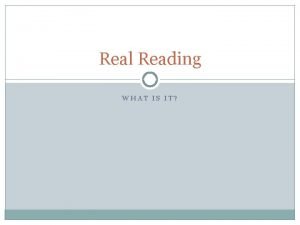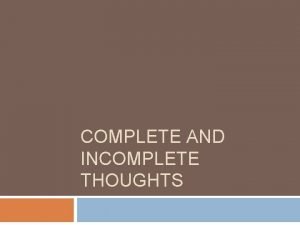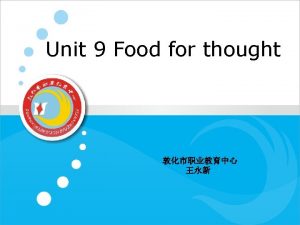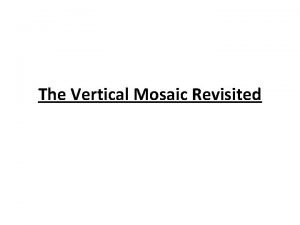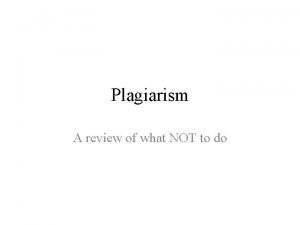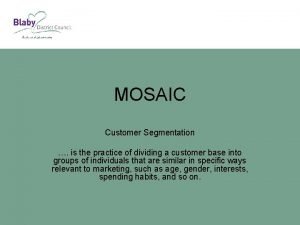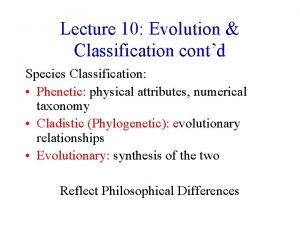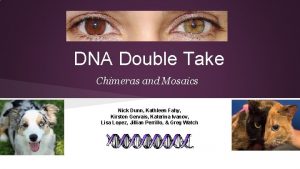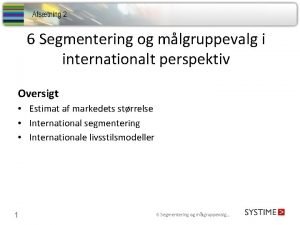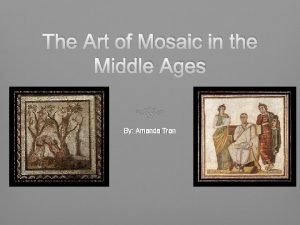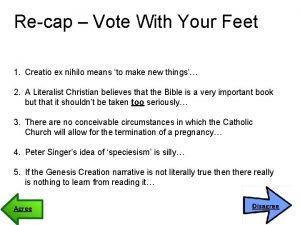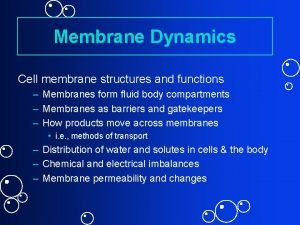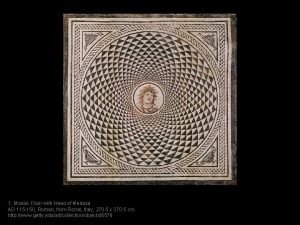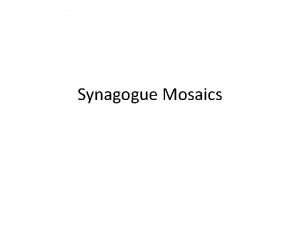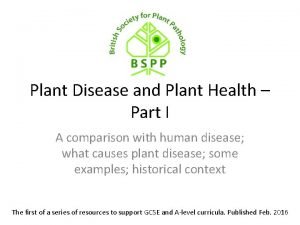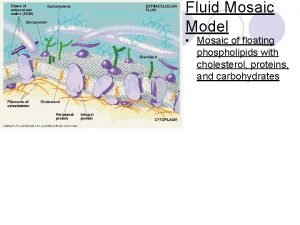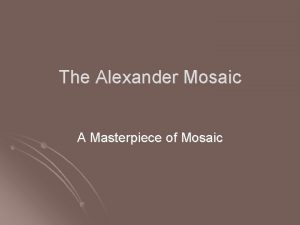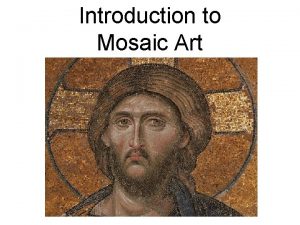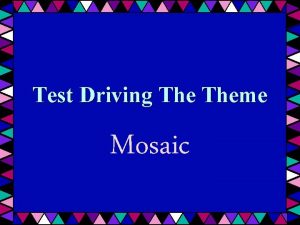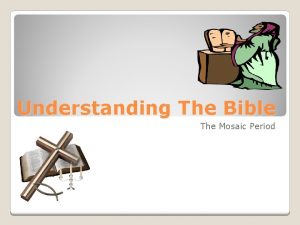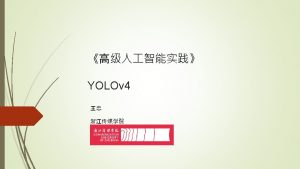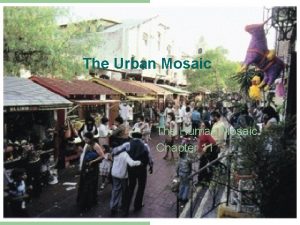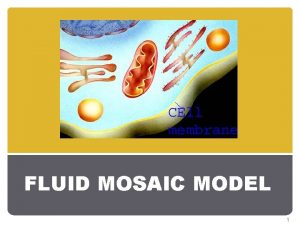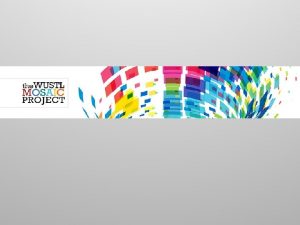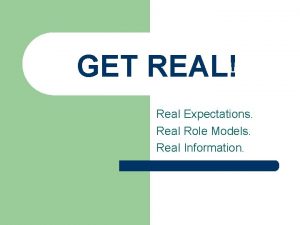Real Reading WHAT IS IT Mosaic of Thought

















- Slides: 17

Real Reading WHAT IS IT?

Mosaic of Thought (Keene and Zimmerman-1997) �Conversations with ourselves and our with children…about the ways we construct meaning �Lively talk in classrooms…when children develop an awareness of their thought processes as they read �Explicit comprehension instruction that is rich and deep �A conversation about the mental journey we take when we read

Metacognition THINKING ALOUD

Reading is Thinking: Who Knew! �Survey your students. Ask them this question: What do you do when you don’t understand what you read? What strategies do your students use to comprehend?

One Student Explains: What strategies do you use to help you understand what you read? Before “Thinking Aloud” Instruction After… �“Sound out the words. ” �“ I reread the page or the passage, or I scan for the idea. I talk to myself. I monitor and clarify. That means I ask myself does that make sense? If it doesn’t I try again. ”

How can we help students become more metacognitive?

Launching Metacognition REAL READING SALAD (COMPREHENSION CONNECTIONS BY TANNY MCGREGOR)

Concrete Experience: The Real Reading Salad �Model reading a challenging text: “ The geological legacy of Hurricane Irene. ” Ask your students what they think of you as a reader? � Did I read words correctly? Did I read words at a talking rate? Did I read with expression? Did I sound like I understood what I read? Did I understand what I was reading? Discuss “fake reading: what it is and when we do it. � Read the words, but don’t understand what I read. � Move my finger so it looks like I’m reading. � Think about other stuff while I am reading. � The list goes on…

Thinking About Thinking: Metacognition MAKE “REAL READING” SALAD

Thinking + Text= Real Reading �Thinking + text �Real Reading Salad

Text + Thinking = Real Reading �Materials Three bowls, tomatoes (red) and lettuce (green) Book to read aloud: Don’t Laugh At Me �Procedure Point to the text and read from the front cover, Don’t Laugh At Me. Place a tomato (text) in the salad bowl. Point to your head and say, “ I predict…” Put a piece of lettuce (thinking) in the salad bowl. Have each of the students in your small group make a prediction and place a piece of lettuce (thinking) in the bowl. For every page of text, multiple students share their thinking. Thinking cards (lettuce) are being added at a much faster rate that text (red).

Invite students to share conclusions �More lettuce (thinking) than tomatoes (text) �When you are reading, you are suppose to do more thinking. �Thinking takes up more space than text. �Real reading is both thinking and text.

Word Analysis Strategies SUPER BASIC

Strategy/Plan Look for the little word in the bigger word. Look for word chunks. Look for parts of words. foretell silently reconsider

I think of a word I know. Then I say, I know ______. This must be _____.

I think of a word I know. Then I say, I know high. This must be slightly.

I try a word and ask myself, “Does this word make sense? ”
 Mosaic of thought
Mosaic of thought An incomplete thought
An incomplete thought Pre reading while reading and post reading activities
Pre reading while reading and post reading activities Food for thought reading
Food for thought reading The vertical mosaic
The vertical mosaic Qacademici
Qacademici National mosaic loop
National mosaic loop Mosaic segmentering
Mosaic segmentering Mosaic evolution
Mosaic evolution Lydia fairchild
Lydia fairchild Segmentering og målgruppevalg eksempel
Segmentering og målgruppevalg eksempel Mosaic middle ages
Mosaic middle ages Tree of life apse mosaic
Tree of life apse mosaic Fluid mosaic model
Fluid mosaic model Mosaic floor with head of medusa
Mosaic floor with head of medusa The mosaic floor of the beth alpha synagogue
The mosaic floor of the beth alpha synagogue Clavibacter
Clavibacter Mga gawaing pisikal
Mga gawaing pisikal
